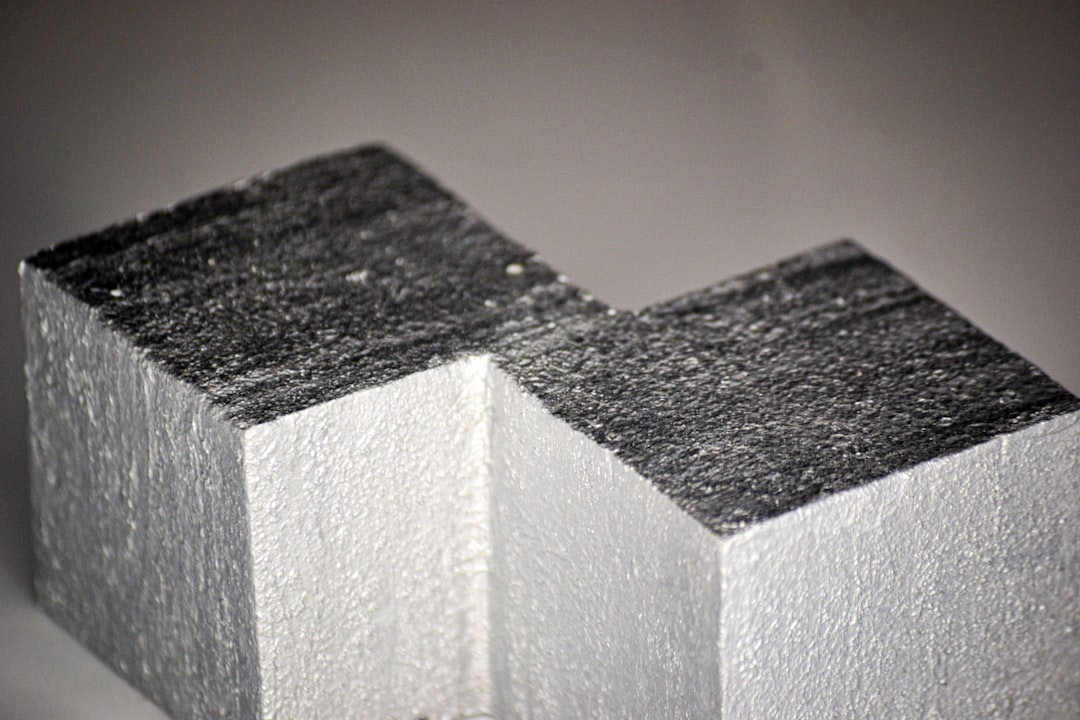Understanding Ridge Vent Cost per Linear Foot in Residential Construction
For construction professionals, accurate cost estimation is crucial. Ridge vents, essential for attic ventilation, typically cost between $4.25 and $8.75 per linear foot installed. Material costs average around $2.50, while labor ranges from $1.75 to $4.00, depending on roof pitch and access. This guide provides insights into these costs and how to manage them effectively.
Why Cost Accuracy Matters
Accurate cost estimation can significantly impact project budgets. A variance of just $1 per foot can alter costs by $60 or more for a typical roof. Utilizing real-time data and AI tools ensures precise estimates, helping contractors maintain profitability.
Main Factors Influencing Ridge Vent Cost per Linear Foot
- Material type: Aluminum, galvanized steel, or high-density polymer vents vary by $0.50–$2.00 per foot.
- Roof pitch: Steeper slopes increase labor time per foot.
- Underlayment and ridge cap shingle selection: Premium options raise costs.
- Geographic region: Local labor rates can double costs between markets.
- Removal of existing ridge caps: Adds disposal and labor costs.
Typical Price Ranges
Based on recent projects, the average ridge vent cost per linear foot is $4.25 to $8.75 installed. Material-only costs hover near $2.50, with labor generally ranging from $1.75 to $4.00.
Breaking Down the Installation Process
- Jobsite measurement: Capture roof length accurately.
- Tear-off or kerf cut: Remove existing shingles or cut a slot along the ridge.
- Vent placement: Set sections end-to-end and fasten securely.
- Ridge cap installation: Seal the system without blocking airflow.
- Inspection & cleanup: Verify ventilation rate and fastener spacing.
How to Reduce Uncertainty
- Real-time supplier pricing updates.
- Automated labor tables adjust for roof specifics.
- Instant PDF quotes for professional presentation.
Case Snapshot: Hill Country Bungalow, Austin TX
A recent project involved adding ridge ventilation to a 2,200 sq ft bungalow. The estimated cost was $5.80 per linear foot, totaling $301.60 for 52 feet, accepted immediately by the client.
Five Pro Tips for Lowering Ridge Vent Costs
- Order in bulk for discounts.
- Schedule installation with shingle replacement.
- Select compatible ridge cap shingles.
- Use calibrated pneumatic nailers.
- Verify NFA requirements to avoid overspending.
Frequently Asked Questions
How many linear feet of ridge vent does my home need? Install vent across every horizontal ridge line. Use precise measurements for accuracy.
Is ridge vent installation a DIY-friendly job? Professional installation is recommended for safety and warranty reasons.
Does color affect cost? Specialty colors may add $0.25–$0.50 per foot.
Next Steps
For precise estimates, start a live session in the CountBricks app. Visit CountBricks.com for more information.
Digging Deeper: The CountBricks Advantage in Attic Ventilation Projects
Ridge vent installation can be complex, with potential profit loss from inefficiencies. CountBricks addresses these challenges with advanced tools.
Automated Waste Calculation
- Our algorithm adds 5% waste for polymer vents and 8% for metal, ensuring accuracy.
- Itemized waste lines enhance transparency with clients.
Dynamic Labor Tables
- Crew-hour values adjust for roof specifics.
- Override defaults for unique architectural roofs.
Integrated Scheduling
- Accept estimates and tasks populate directly into the calendar.
- Crews receive detailed notifications.
- Post-job photos streamline documentation.
Case Study Highlight: Suburban Retrofit Savings
A Denver contractor used CountBricks to quote 68 feet of aluminum ridge vent, benefiting from a temporary supplier discount.
Final Word
CountBricks transforms rough estimates into precise figures, enhancing professionalism. Explore more at CountBricks.com.

